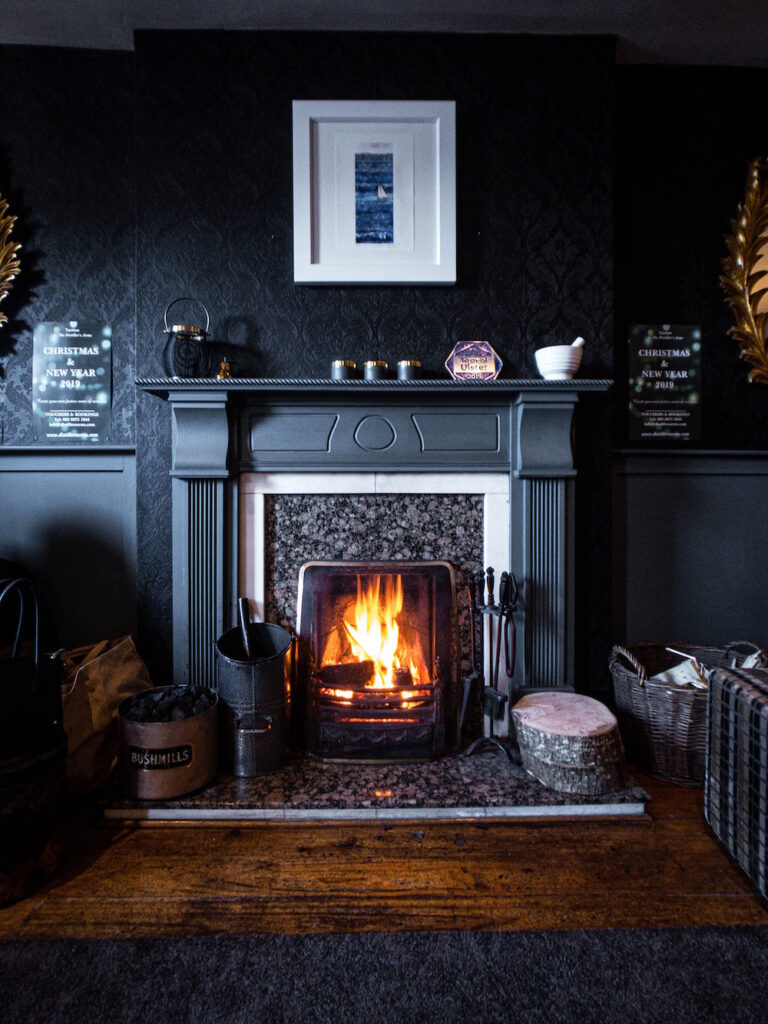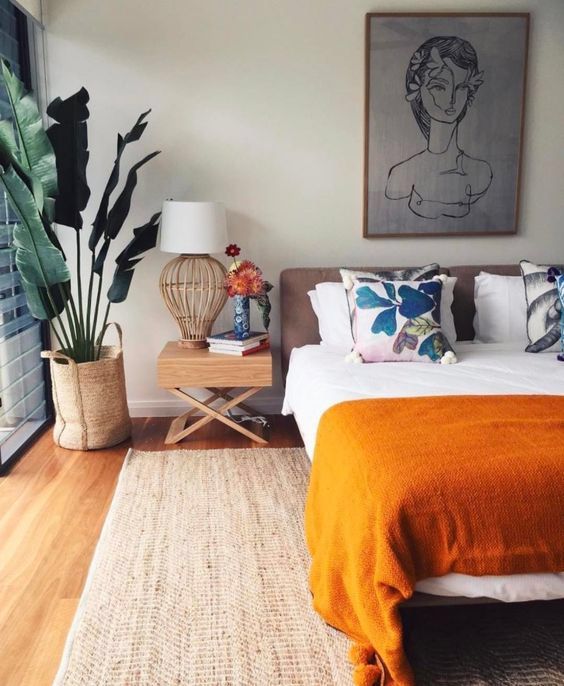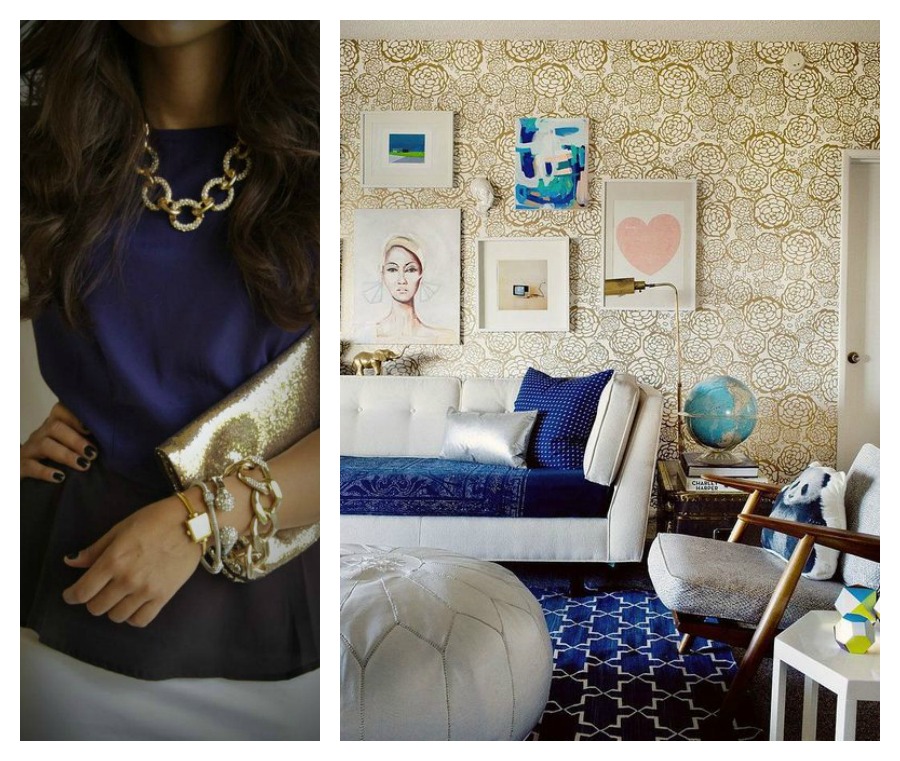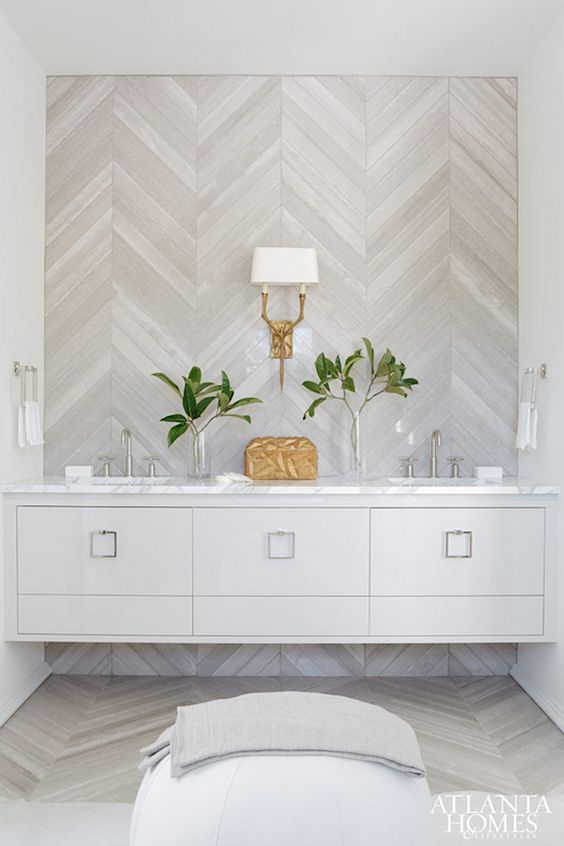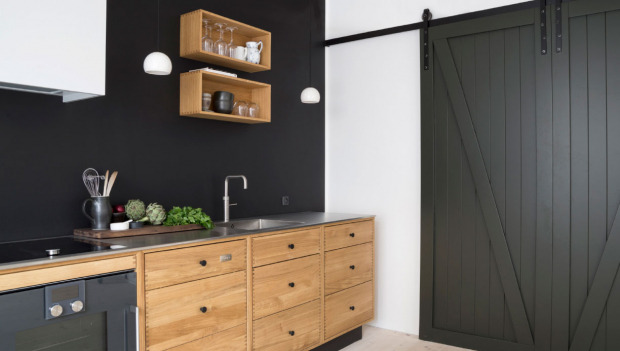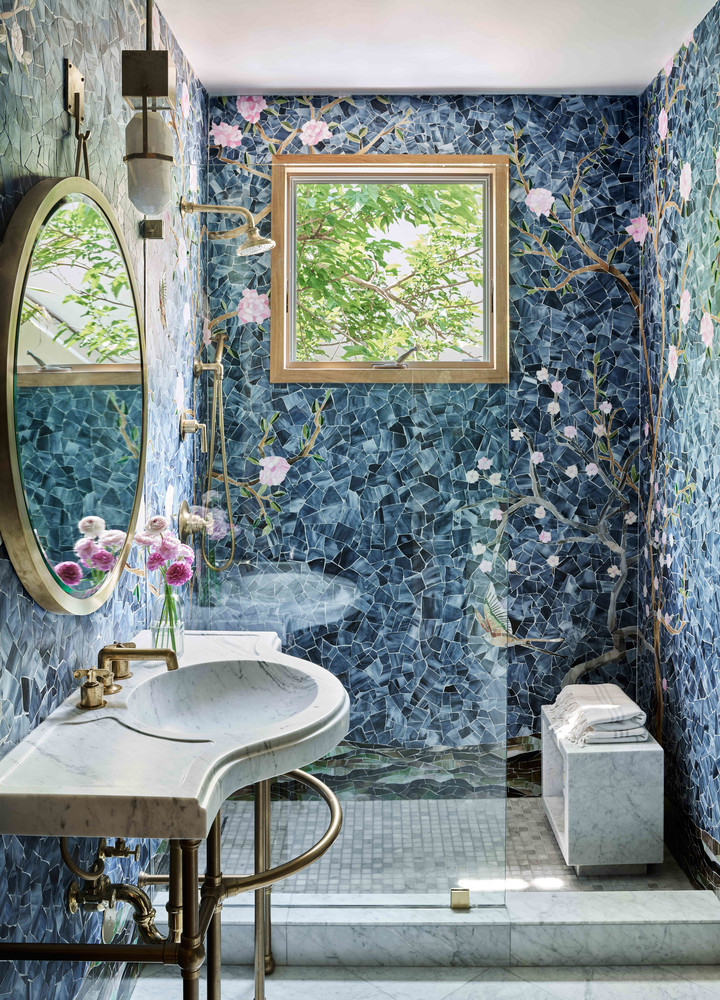Interior Design Created by AI Series: Minimalism Interior Design By Artificial Intelligence
All text and images on this article series are generated by AI. We asked the AI to write a description of the Minimalism Interior Design and used this description to generate the images with DALL·E 2
Philippe Reifenrath, L’Essenziale
The concept of minimalism in interior design has been around since the 1950s, but has seen a resurgence in popularity in recent years. With this growing trend, it is no surprise that Artificial Intelligence (AI) is being used to inform and enhance the minimalism interior design and trends. AI offers a unique perspective on this style of design, giving us insight into how we can best utilize minimalism to maximize our spaces.
At its core, minimalism is a design philosophy that seeks to reduce clutter and distractions to create a calming and peaceful atmosphere. By stripping away excess and focusing on essential elements, minimalism allows us to create simple and tranquil living spaces. AI can be used to help identify elements of minimalism that are essential and how these elements can best be used to create a streamlined and aesthetically pleasing space.
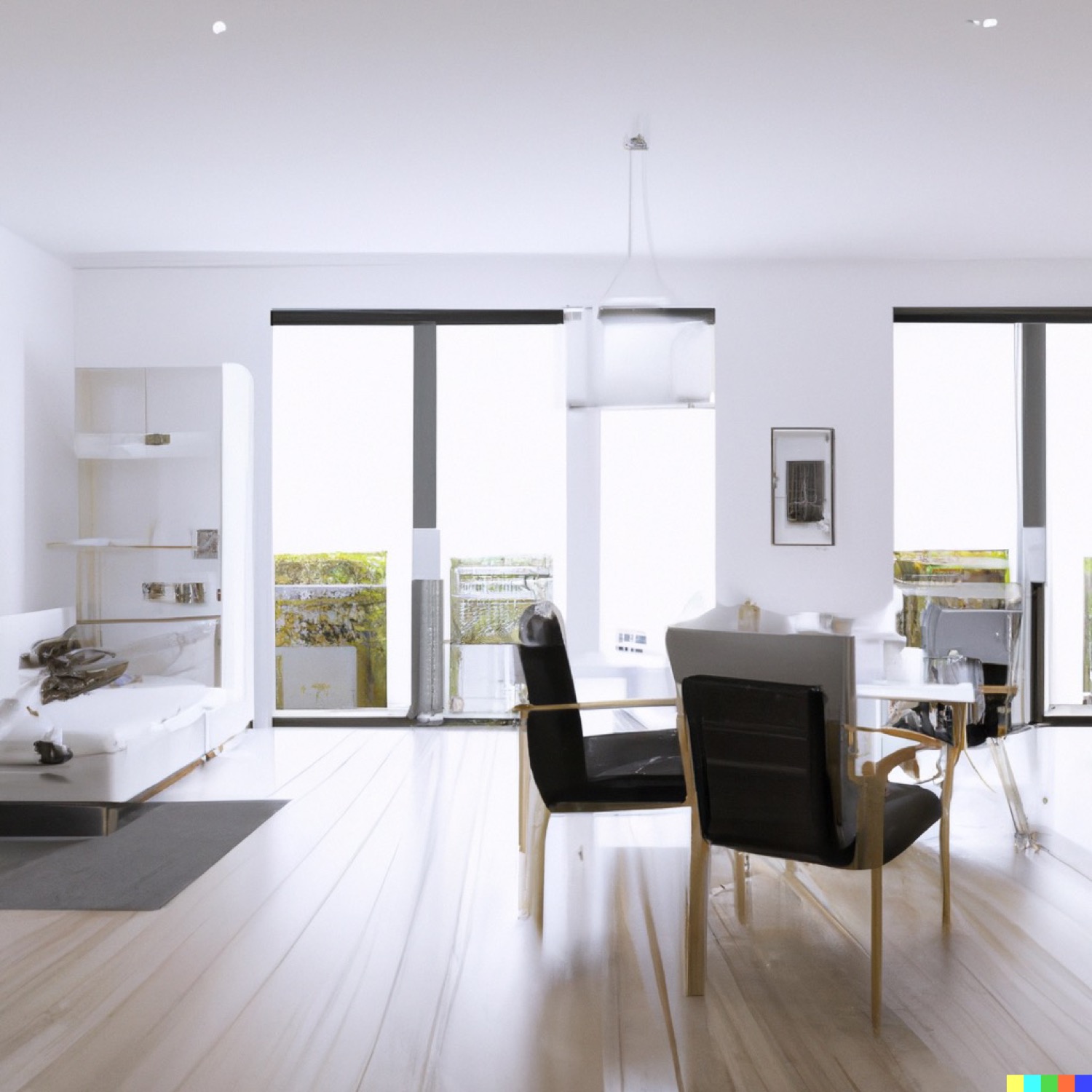
AI can also be used to identify trends in minimalism interior design. By tracking consumer trends and data, AI can help identify the most popular aspects of minimalism within the current market. This will allow interior designers to better tailor their designs to meet the needs of their clients. AI can also provide insight into the most successful elements of minimalism, allowing designers to create beautiful and functional living spaces.
AI also offers insight into how minimalism can be implemented in a sustainable manner. By using AI to track trends, designers can make decisions that balance minimalism and resource efficiency. This can help minimize waste while still allowing designers to achieve the desired aesthetics.
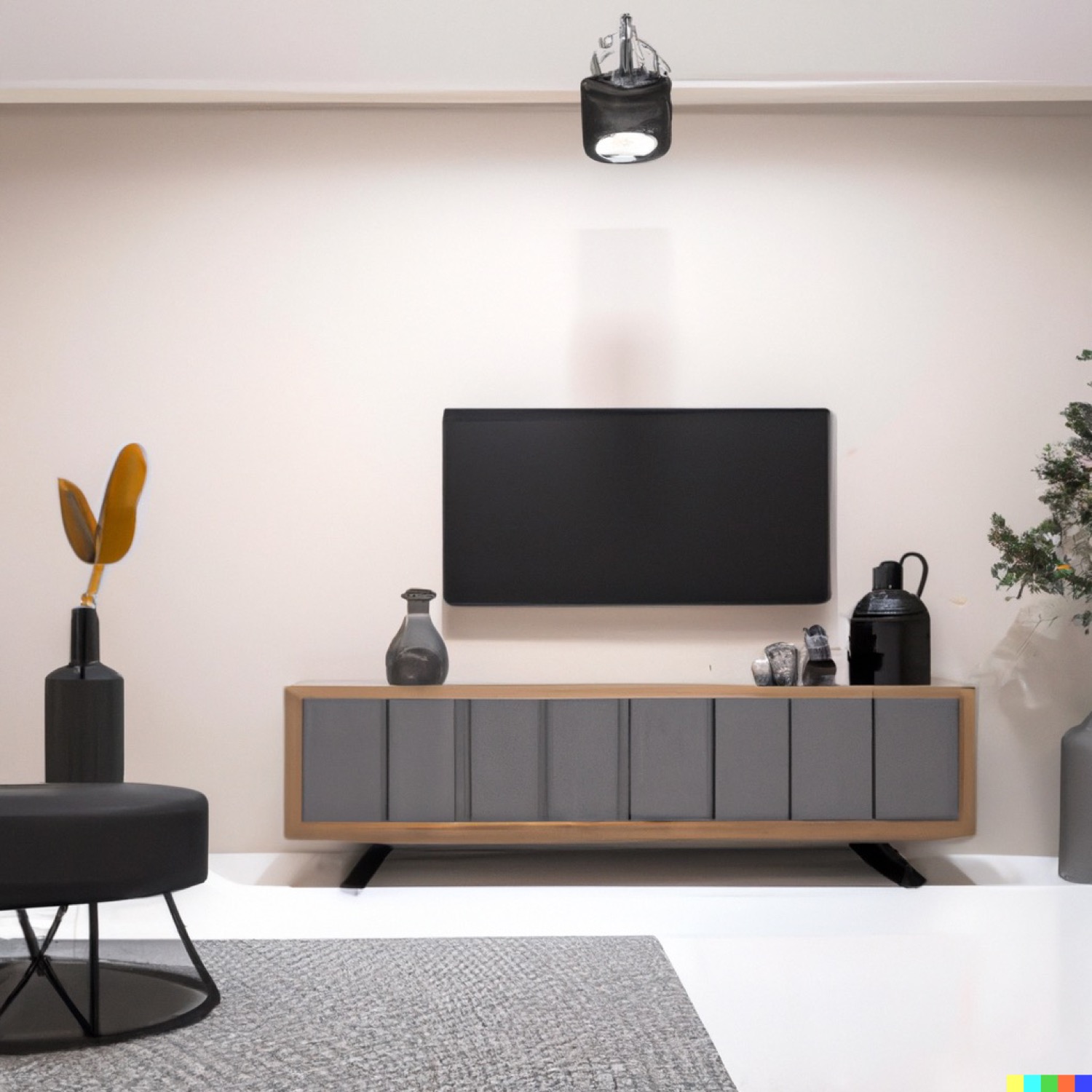
Overall, AI offers a unique perspective on minimalism interior design and trends. It allows designers to identify essential elements, ensure efficiency, and create aesthetically pleasing spaces. By leveraging AI, interior designers can create beautiful and sustainable living spaces for their clients.
Characteristics that define Minimalism Interior Design
The first characteristic of minimalism is the use of clean lines and natural shapes. This means that instead of over-the-top decorations and complex pieces, the focus is on simple shapes and clean lines. Furniture pieces are designed with sleek lines and straight edges, and decorative items are kept to a bare minimum. The goal is to create an airy and clutter-free environment that emphasizes natural shapes and forms.
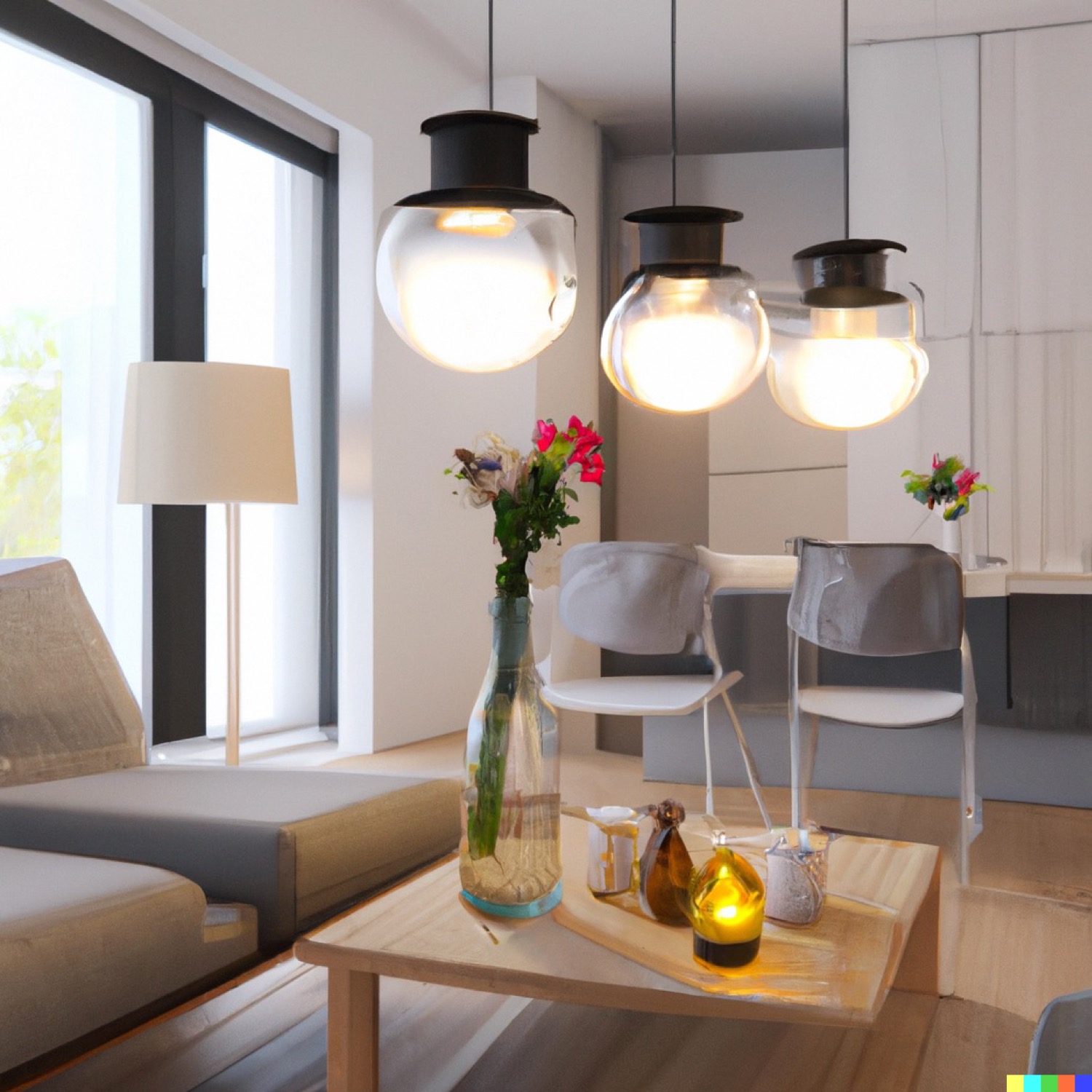
The second characteristic of minimalism is the use of muted colors. This means that instead of bright and vibrant hues, minimalism utilizes neutral tones and shades. White, grey, beige, and browns are popular color choices for minimalistic spaces, as these shades create a calming atmosphere. When it comes to accent colors, light blues, greens, and even pinks and yellows can be used sparingly for a touch of vibrancy.
The third characteristic of minimalism is the effective use of space. Minimalism focuses on creating an environment that emphasizes the full use of available space. This means utilizing multipurpose furniture pieces, such as convertible beds, stools, and chairs. Functional storage solutions are also important, as they provide a way to store items while keeping the space looking neat and tidy.
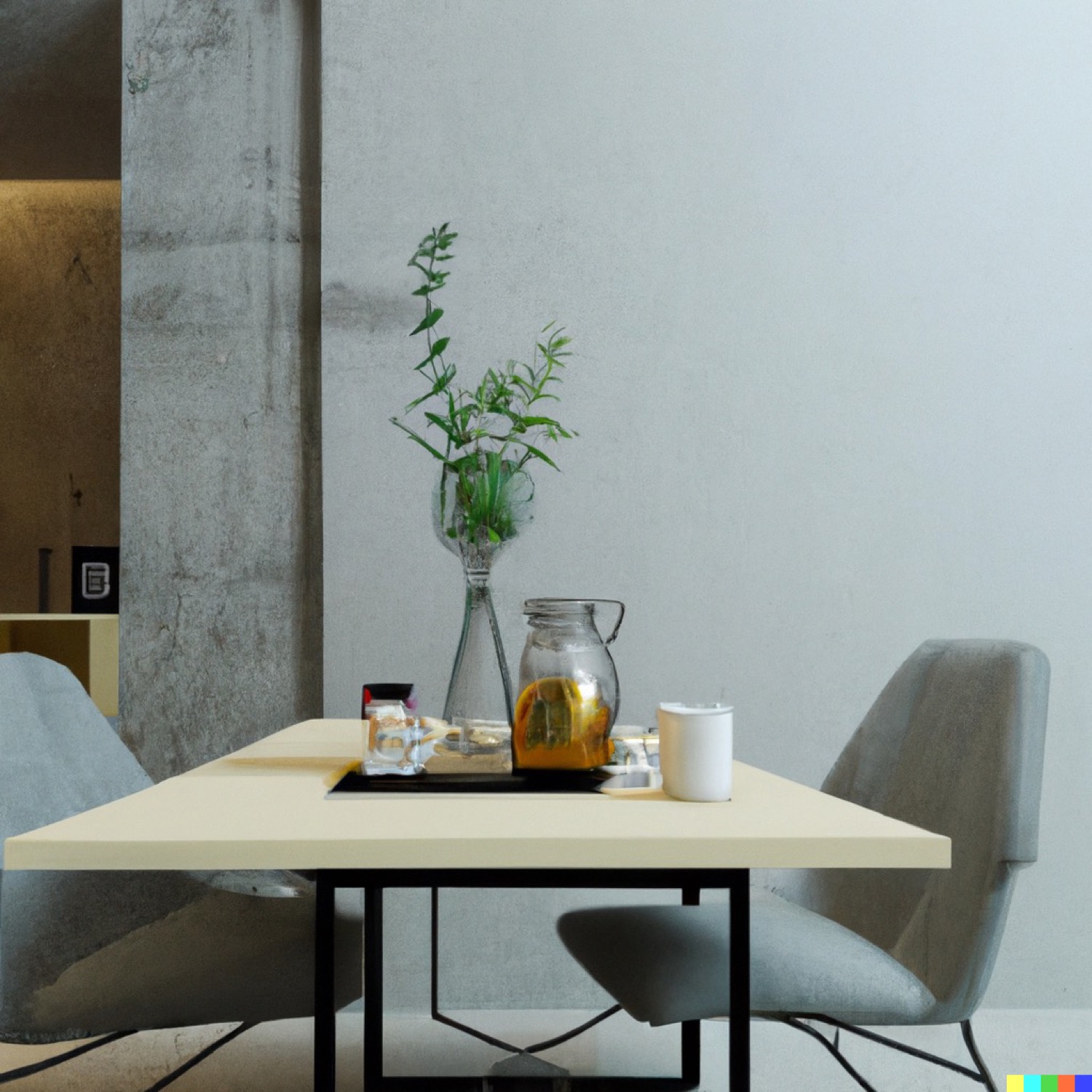
Finally, minimalism applies the principle of “less is more” when it comes to decorating. This means that instead of overwhelming a space with multiple objects, the focus is on selecting a few select pieces that can each stand out on their own. For example, opt for one large sculpture piece, instead of several small figurines. The same goes with wall decorations and artwork – selecting only a few pieces that fit with the overall aesthetic of the space.

